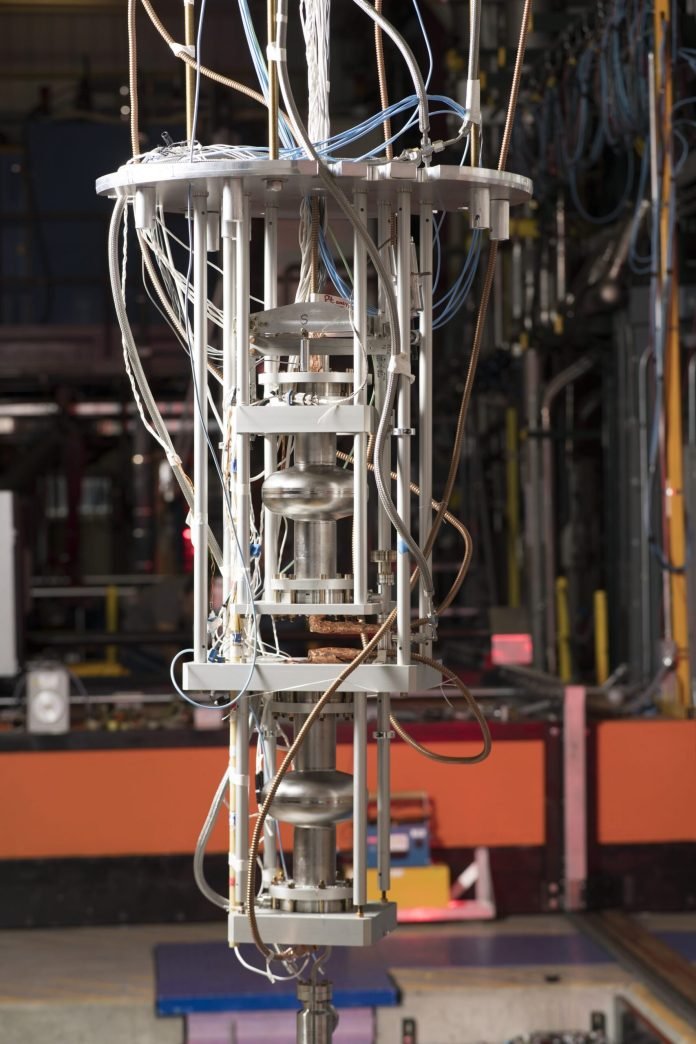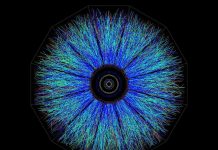
Scientists working on the Dark SRF experiment at the Fermi National Accelerator Laboratory have demonstrated unprecedented sensitivity in searching for theorized particles known as dark photons.
This marks a significant development in our understanding of the universe and the elusive dark matter that makes up around 85% of all matter.
Researchers used devices called superconducting radio frequency (SRF) cavities to trap ordinary, massless photons and look for their transition into hypothesized dark sector counterparts, the dark photons.
The experiment has put the world’s best constraint on the dark photon existence in a specific mass range, as recently published in Physical Review Letters.
Dark Photons and the Dark Sector
“The dark photon is a copy similar to the photon we know and love, but with a few variations,” said Roni Harnik, a researcher at the Fermilab-hosted Superconducting Quantum Materials and Systems Center.
The dark photon, in theory, would have mass, unlike its massless counterpart.
The concept of the dark sector expands on the possibility that there might be more than just one type of dark matter particle.
The dark sector could include several different particles and forces, some of which might interact with ordinary matter particles and forces.
The Experiment
In this ‘light-shining-through-wall’ experiment, two hollow, metallic cavities are used to detect the transformation of an ordinary photon into a dark matter photon.
Ordinary photons are stored in one cavity, while the other cavity is left empty. Scientists then look for the emergence of photons in the empty cavity.
SRF cavities are typically used in particle accelerators. However, the SQMS Center researchers have employed them for other purposes, such as quantum computing and dark matter searches, due to their efficiency in storing and harnessing electromagnetic energy.
The SRF cavities, made from niobium, are cooled to around 2 K, close to absolute zero, for this experiment. At this temperature, electromagnetic energy flows effortlessly through niobium, making these cavities efficient at storing photons.
A New Class of Experiments
The use of SRF cavities opens up possibilities to cover various parts of the potential mass range for dark photons.
This is because the peak sensitivity on the mass of the dark photon is directly related to the frequency of the regular photons stored in one of the SRF cavities.
“The Dark SRF experiment has paved the way for a new class of experiments under exploration at the SQMS Center,” said Anna Grassellino, director of the SQMS Center.
“From dark matter to gravitational waves searches, to fundamental tests of quantum mechanics, these world’s-highest-efficiency cavities will help us uncover hints of new physics.”
The study was published in Physical Review Letters.
Follow us on Twitter for more articles about this topic.
Source: Fermi National Accelerator Laboratory.



